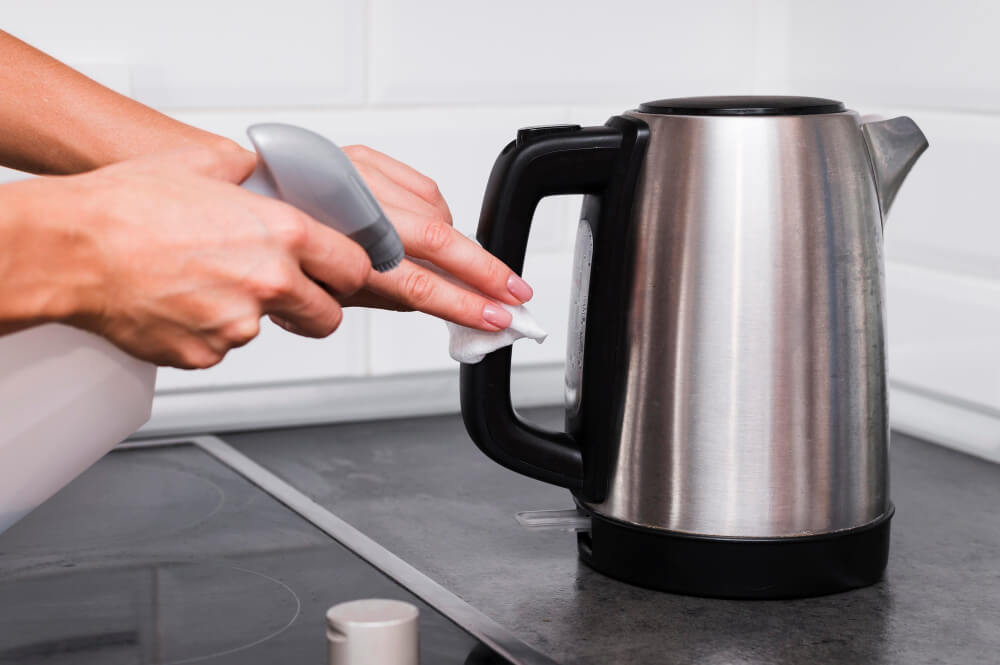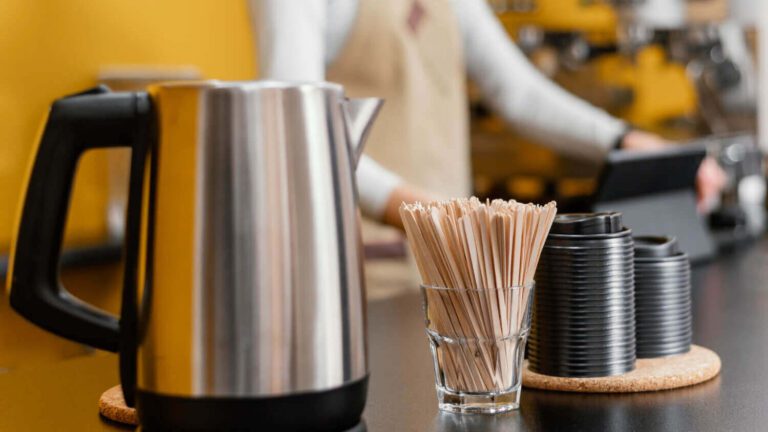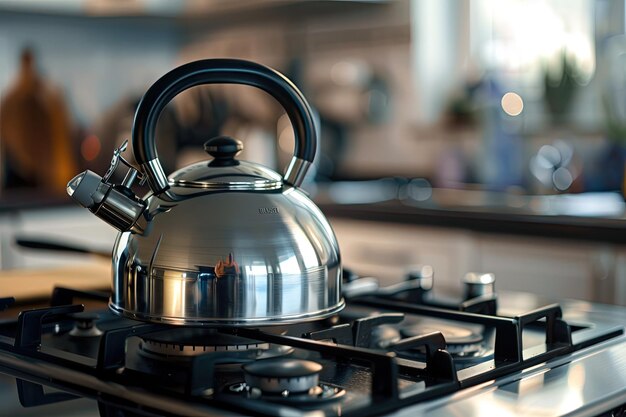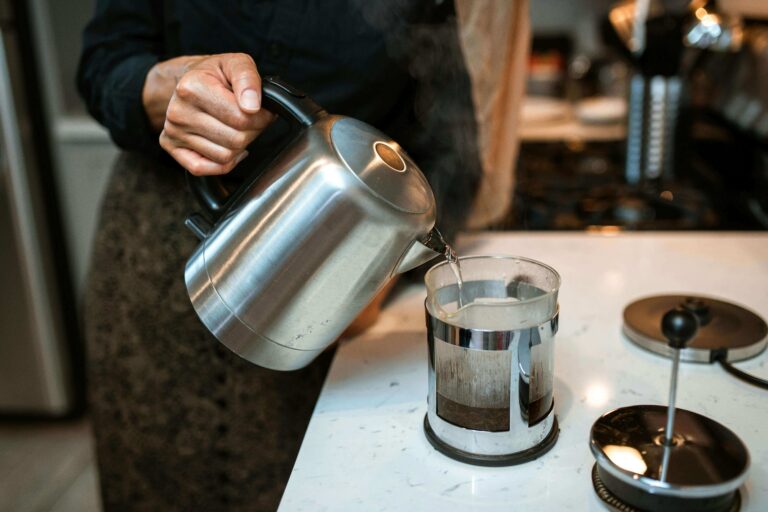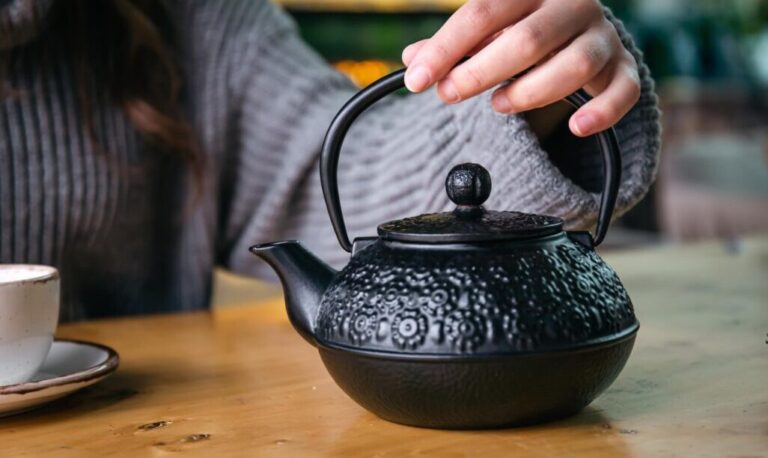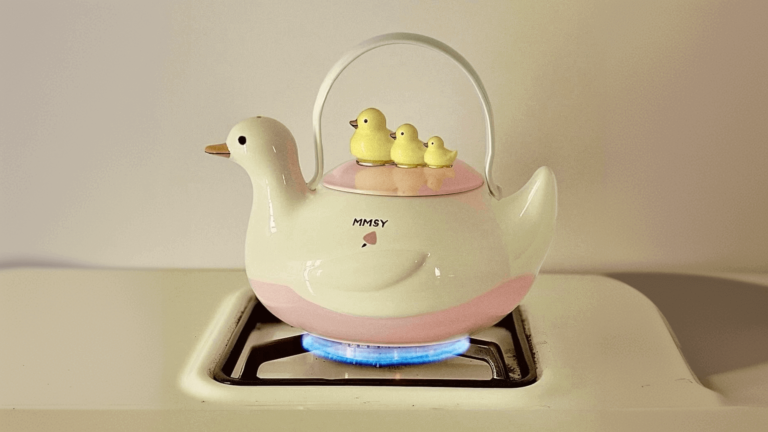How to Clean an Electric Kettle Inside: All-in-One Guide for Kettle Care
The inside of your electric kettle always needs to be cleaned, and this is very important so that it can work well by heating the water and last for a long period. The minerals contained in water, particularly if coming from a place with hard water, deposit themselves in the form of limescale on the interior walls of the kettle over time.
This not only hampers the kettle’s performance in that the boiling process is faster but also changes the taste of water, tea, or coffee you make. The importance of cleaning is that it helps you effectively clean the kettle and minimize the formation of limescale, thus ensuring you only use a clean kettle. Here, you will learn how to clean the Electric kettle inside professionally using homemade and purchased products
Table of Contents
Step-by-Step Guide: How to Clean an Electric Kettle Inside:
Why Cleaning Your Electric Kettle Inside is Important:
The most prevalent damage that is found on the electric kettle is the mineral formations, which are calcified mostly due to the water’s hardness. This limescale can create several problems:
1: Reduced performance:
Limescale buildup covers up the heating element and slows down your kettle’s ability to heat water and use more energy.
2: Off taste:
If not removed, limescale can alter the water’s taste, especially when making tea, coffee, or other beverages. It will feel bitter or metallic.
3: Health concerns:
Although limescale is still more harmless than rust, it again accumulates bacteria and other particles on it, which can contaminate your water in the long run.
Heating and singing, sudden changes in the taste of your beverage, and build-up of deposits can all be prevented by cleaning your kettle on the inside, which will, in turn, enhance its function and taste.

Tips for Maintaining a Clean Electric Kettle:
Maintaining a clean electric kettle requires a few proactive steps to prevent limescale from building up again:
- Empty after each use:
When boiling the macaroni, one should discard any remaining water after each boiling to avoid accumulation of minerals.
- Use filtered water:
Water, after filtration, contains lower amounts of minerals, which are unbeneficial in the formation of limescale.
- Dry the inside:
Be sure to leave the kettle lid open to let the inside of the kettle dry to reduce the creation of buildup.
FAQs:
Can I use dish soap to clean my electric kettle?
Yes, but only envelopes you or quickly wash for a short time. Liquid used for dishwashing should not be used in excess on the heating sections of the kettle.
Is it safe to use vinegar in electric kettles with heating elements?
Yes, vinegar is safe to use, but remember to rinse the kettle thoroughly after cleaning to remove any traces of vinegar.
How can I remove tough stains from the inside of my kettle?
GraviStain is a stubborn stain remover that can be removed with the help of a paste of baking soda or a kettle descaler. Wiping them with a soft cloth also has additional benefits and may present other benefits.
Is it okay to clean my kettle with bleach?
Not; bleach should not be used to clean kettles, as residues remain inside the kettle and contaminate the water.
Conclusion:
Cleaning the inside of an electric kettle is easy and crucial if you want your kettle to function optimally and give you tasty water. Cleaning the kettle from limescale will enhance its performance and determine its durability.
So, you will be able to maintain your kettle in the best way, serve better-tasting water, and improve the overall performance of your kitchen appliance.
